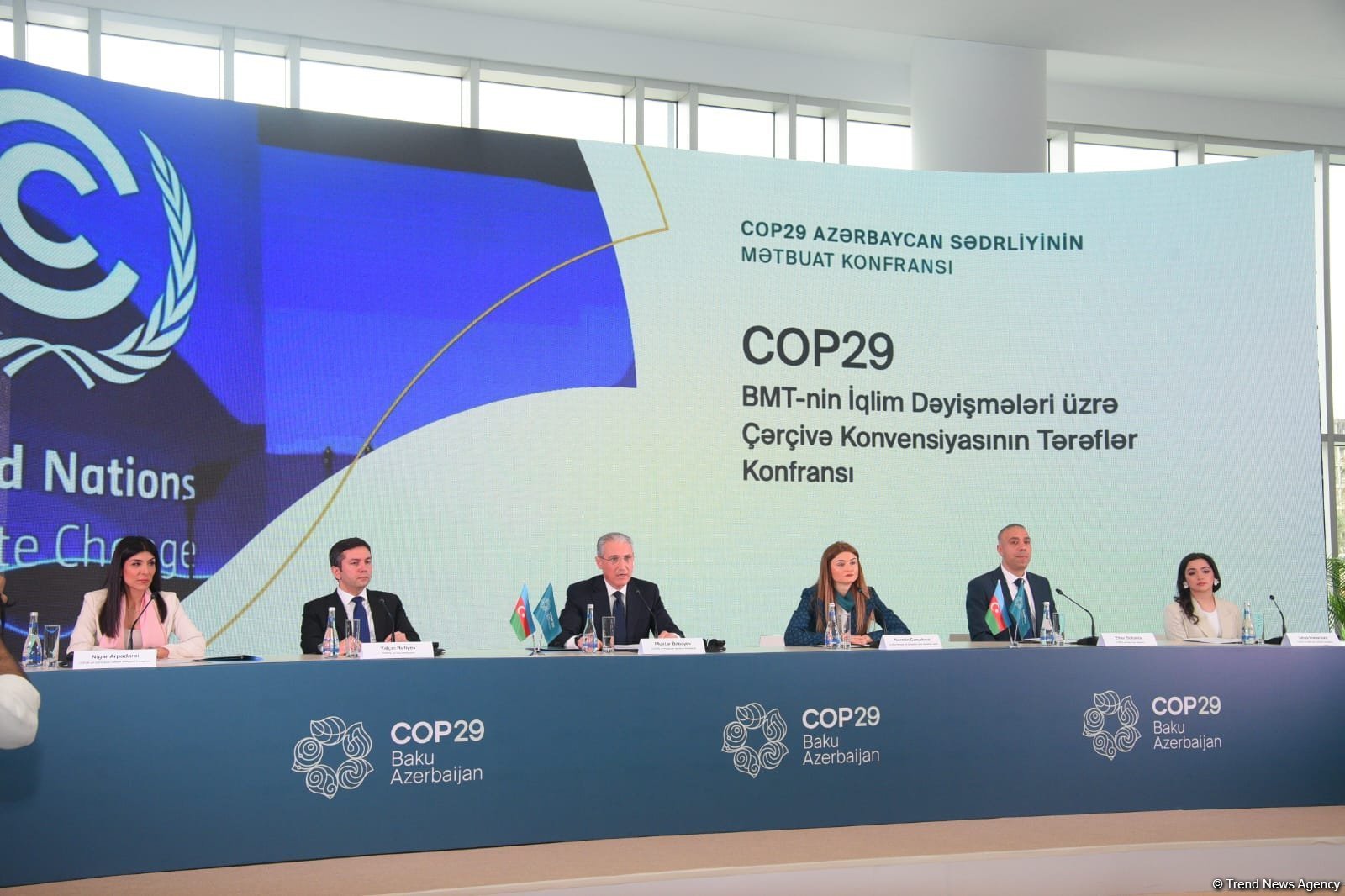Plastic and the Circular Economy: COP29’s Vision for Sustainable Materials

As COP29 approaches, plastics are emerging as a central part of the discussion on creating a sustainable future through the circular economy. While plastic has long been criticized for its environmental impacts, the material also holds significant potential in advancing sustainability when properly managed. COP29 aims to shift the narrative around plastics by exploring innovative solutions that maximize their benefits while minimizing their drawbacks. This article delves into COP29’s vision for integrating plastics into a circular economy, focusing on how plastic can be part of the solution in building a more sustainable world.
Plastic’s Essential Role in Modern Society
Plastics are indispensable in various industries, from healthcare and food safety to automotive and construction. Its lightweight, durable, and versatile nature makes plastic an efficient and cost-effective material for countless applications. From medical devices that save lives to packaging that reduces food waste, plastic plays a critical role in modern society.
At COP29, the focus will not be on eliminating plastics but rather on rethinking how we use, reuse, and manage plastic resources. By embracing the circular economy model, plastics can continue to be an essential part of our daily lives while reducing their environmental impact.
What is the Circular Economy for Plastics?
The circular economy is a transformative approach that seeks to keep materials, like plastics, in use for as long as possible. Instead of following the traditional “take, make, dispose” model, the circular economy aims to design out waste and pollution by reusing, repairing, and recycling materials. This model not only reduces environmental harm but also creates economic opportunities by keeping valuable materials in circulation.
For plastics, this means designing products that are easier to recycle, using recycled plastics in new products, and developing innovative recycling technologies that can handle a broader range of plastic types. By incorporating plastics into a circular economy, we can drastically reduce waste while maintaining the essential benefits that plastic offers.
COP29’s Vision: Plastic as a Sustainable Material
COP29’s vision for plastics centers around maximizing the material’s benefits while addressing its environmental challenges through innovative strategies. Some of the key goals include:
– Enhanced Recycling Systems: A major focus at COP29 will be improving recycling infrastructure and technologies. By increasing the efficiency of plastic recycling, more plastic can be recovered and reused, reducing the need for virgin plastic production. Chemical recycling is one promising technology that can break down plastics into their original components, allowing them to be remade into high-quality products without loss of performance.
– Designing Plastics for Reuse: COP29 will emphasize the importance of designing plastic products that can be easily reused or recycled. This approach not only reduces waste but also promotes a culture of sustainability. Manufacturers will be encouraged to design for circularity, ensuring that products can be disassembled and repurposed at the end of their lifecycle.
– Leveraging Bioplastics and Alternatives: The development of biodegradable plastics and bioplastics made from renewable resources is another exciting area of focus. These alternatives provide the same benefits as traditional plastics but with the added advantage of being more environmentally friendly. COP29 will showcase advancements in this field, exploring how these materials can be integrated into global supply chains.
The Role of Innovation in Plastic Sustainability
At COP29, innovation will take center stage as a key driver in making plastics more sustainable. New technologies and processes are rapidly emerging that can make plastics easier to recycle, more efficient to produce, and less harmful to the environment. Some of these innovations include: Advanced Sorting and Recycling Technologies, Circular Plastic Packaging and Plastic in Construction and Infrastructure
COP29 will serve as a platform for global cooperation on sustainable plastics. Governments, industries, and consumers all have a role to play in this transition. International agreements on plastic waste management, recycling standards, and material innovation will be key to making a circular economy for plastics a reality.
At the same time, public awareness campaigns will be crucial for encouraging responsible consumption and recycling habits. Consumer behaviour is a driving force behind the demand for sustainable products, and COP29 will focus on ways to engage the public in supporting the circular economy for plastics.
